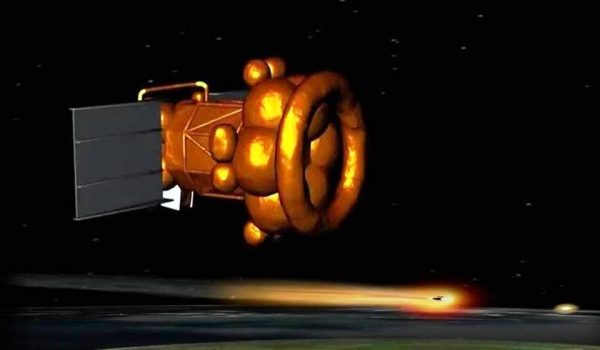
The Russian Phobos-Grunt probe has reentered the atmosphere and crashed in the Pacific Ocean, 1250 km off the coast of Wellington Island. Roscosmos and USSTRACOM both announced the 1745 GMT reentry within minutes of each other.
There have been no reports of injury or damage from the plumetting fragments and no known sightings of the reentry. Roscosmos has predicted that 20-30 fragments with a total weight of 200 kg may have survived to the impact point. The Hydrazine fuels tanks were not expected to be among those fragments.
The reentry of the Phobos-Grunt probe has been anticipated since shortly after its November 9 launch which placed it in a parking orbit around Earth from which it never escaped. The probe was designed to travel to Mars moon Phobos and return with soil samples. The failure of the probe has been a disappointment not only for Roscosmos, which has overseen six high profile failures in 2011, but also for the scientific community anxious for new data from the Mars system. The probe carried with it a Chinese Mars orbiter Yinghuo-1 and a microbial Living Interplanetary Flight Experiment provided by the Interplanetary Society. Neither is thought to have survived reentry.
At this time, the exact cause of the probe’s failure remains undetermined, although Russian sources have suggested everything from insufficient funding and reduced testing to meet the launch window to undue intereference with the probe by the United States.


















































































































![A trajectory analysis that used a computational fluid dynamics approach to determine the likely position and velocity histories of the foam (Credits: NASA Ref [1] p61).](http://www.spacesafetymagazine.com/wp-content/uploads/2014/05/fluid-dynamics-trajectory-analysis-50x50.jpg)



Leave a Reply